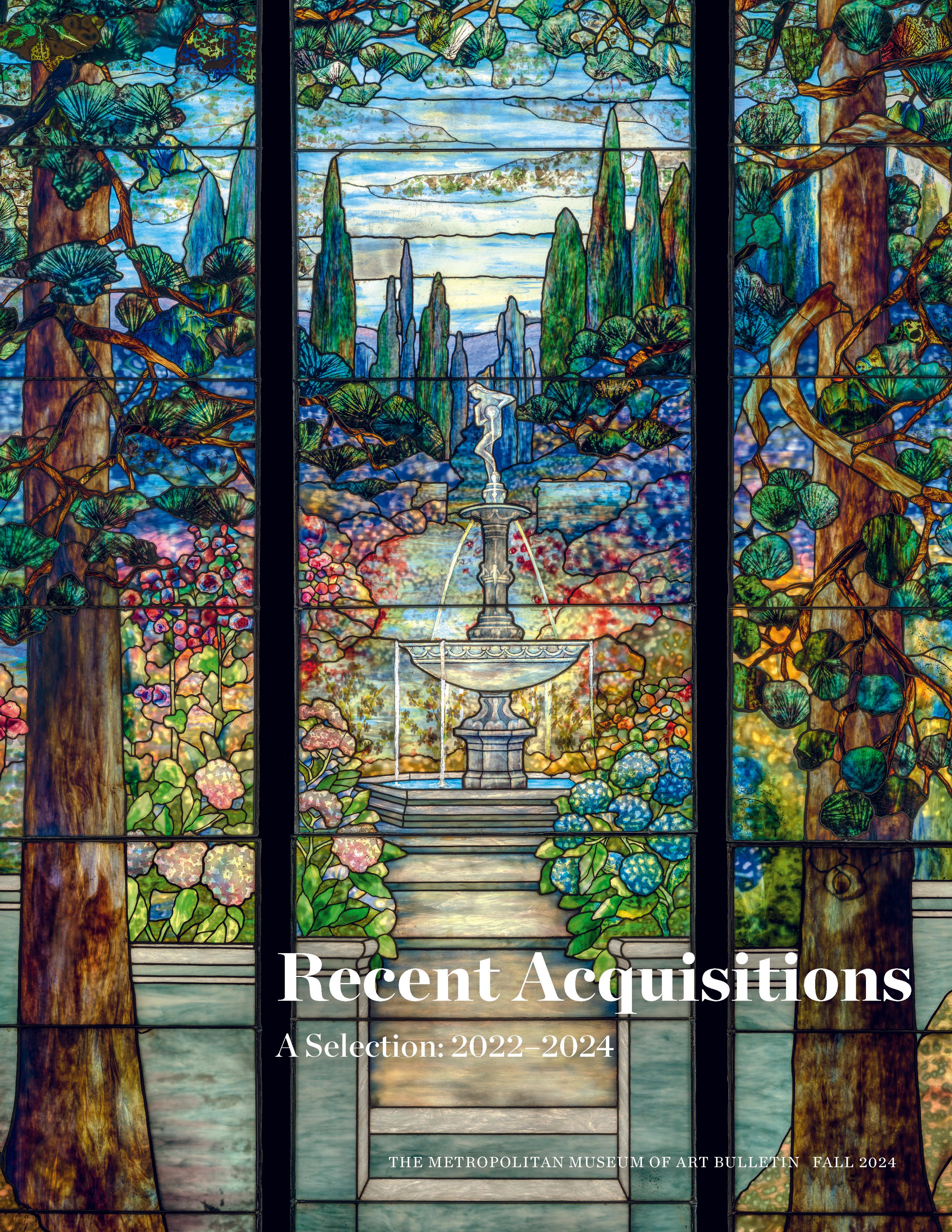Bust of "Baron" Schmiedel
Captured in his comedic element, the elegantly coiffed Saxon court jester “Baron” Schmiedel is shown accompanied by a troupe of four mice, which often featured in his performances as a court entertainer. The bust was modeled by Johann Joachim Kändler and made at Meissen manufactory in 1739. Schmiedel, together with Joseph Fröhlich, the first court jester, were celebrated personalities at the courts of Augustus “the Strong” II, founder of Meissen manufactory, and his son, Augustus III. The porcelain bust of Schmiedel forms a stark contrast to classicizing depictions of powerful sovereigns, popes, and statesmen made by Meissen. This raises the question of why Augustus III chose to commemorate a fool whose main job it was to make people laugh. Jesters traditionally played an important role at the European courts. While their main purpose was to entertain the ruler, only fools at court had the power to tell the truth without fear of reprisals. This was not always the case. At times humor could be dangerous. Augustus II imprisoned Fröhlich after he had taken a joke too far. Escaping from jail, he was saved by a prank that he and Schmiedel pulled off, which succeeded in putting the king in a good humor once more.
Artwork Details
- Title: Bust of "Baron" Schmiedel
- Manufactory: Meissen Manufactory (German, 1710–present)
- Modeler: Johann Joachim Kändler (German, Fischbach 1706–1775 Meissen)
- Date: 1739
- Culture: German, Meissen
- Medium: Hard-paste porcelain
- Dimensions: confirmed: 18 7/8 × 14 3/8 × 10 1/16 in., 21.9 lb. (48 × 36.5 × 25.6 cm, 9950g)
- Classification: Ceramics-Porcelain
- Credit Line: Purchase, Marina Kellen French Gift, 2023
- Object Number: 2023.385
- Curatorial Department: European Sculpture and Decorative Arts
More Artwork
Research Resources
The Met provides unparalleled resources for research and welcomes an international community of students and scholars. The Met's Open Access API is where creators and researchers can connect to the The Met collection. Open Access data and public domain images are available for unrestricted commercial and noncommercial use without permission or fee.
To request images under copyright and other restrictions, please use this Image Request form.
Feedback
We continue to research and examine historical and cultural context for objects in The Met collection. If you have comments or questions about this object record, please contact us using the form below. The Museum looks forward to receiving your comments.
